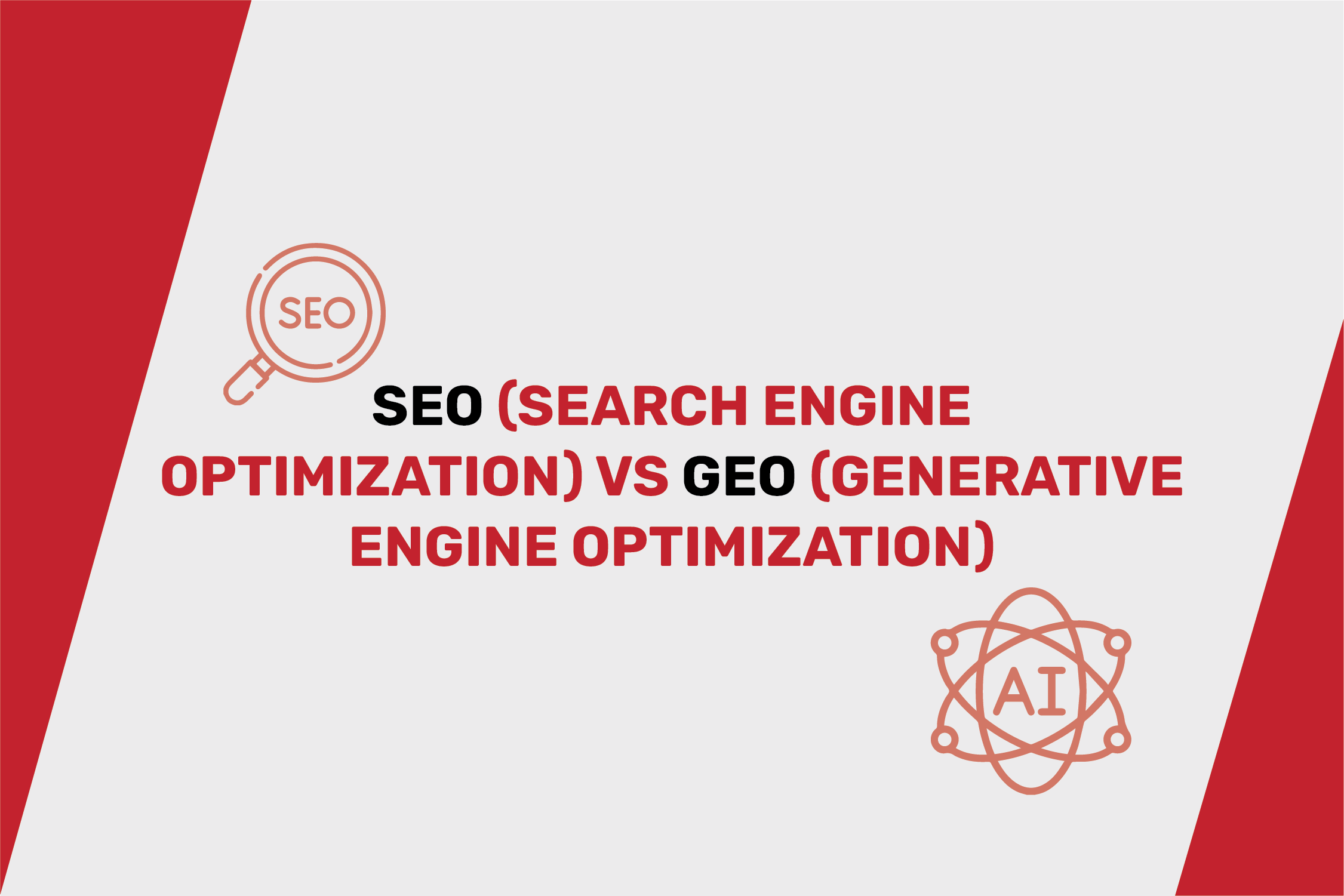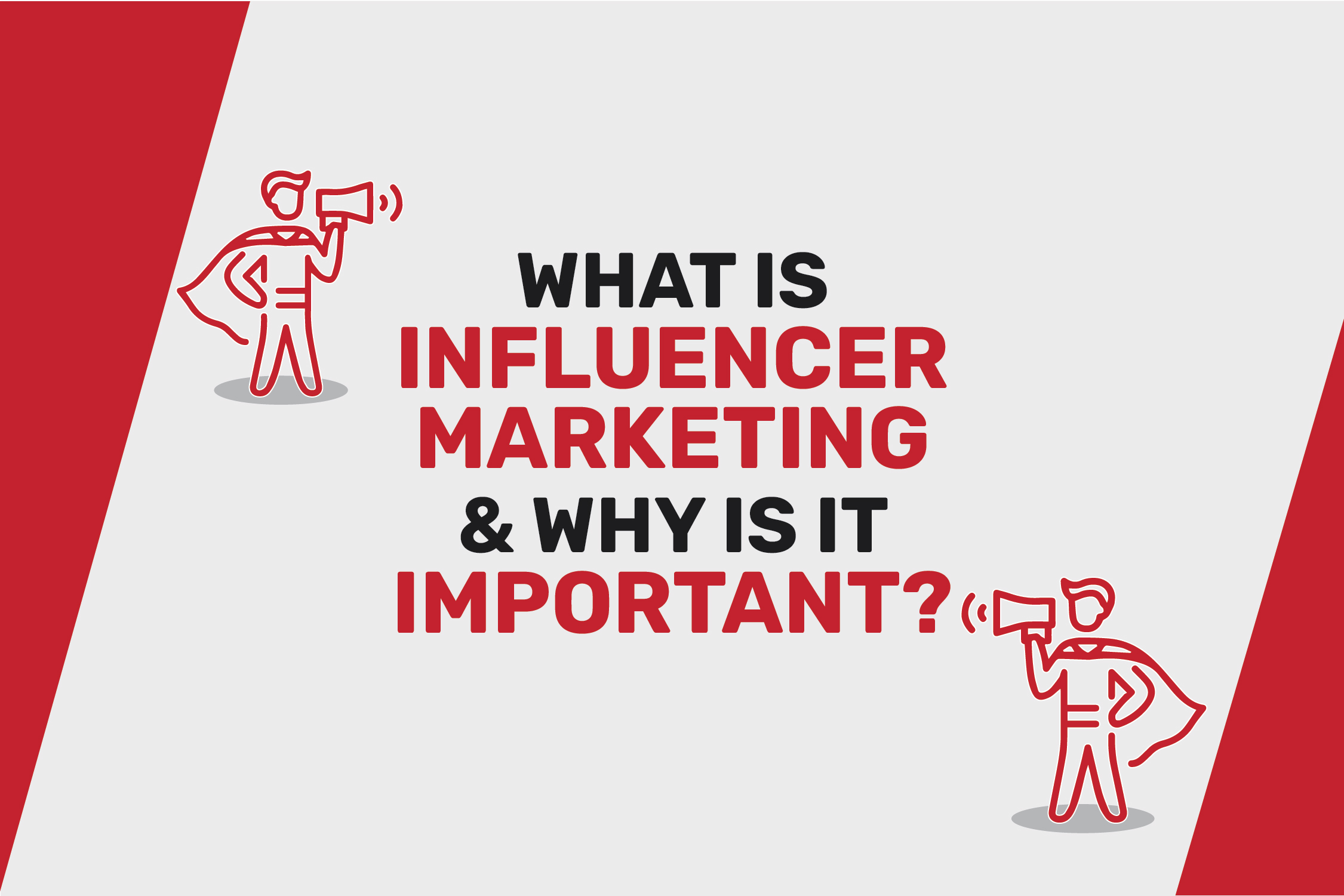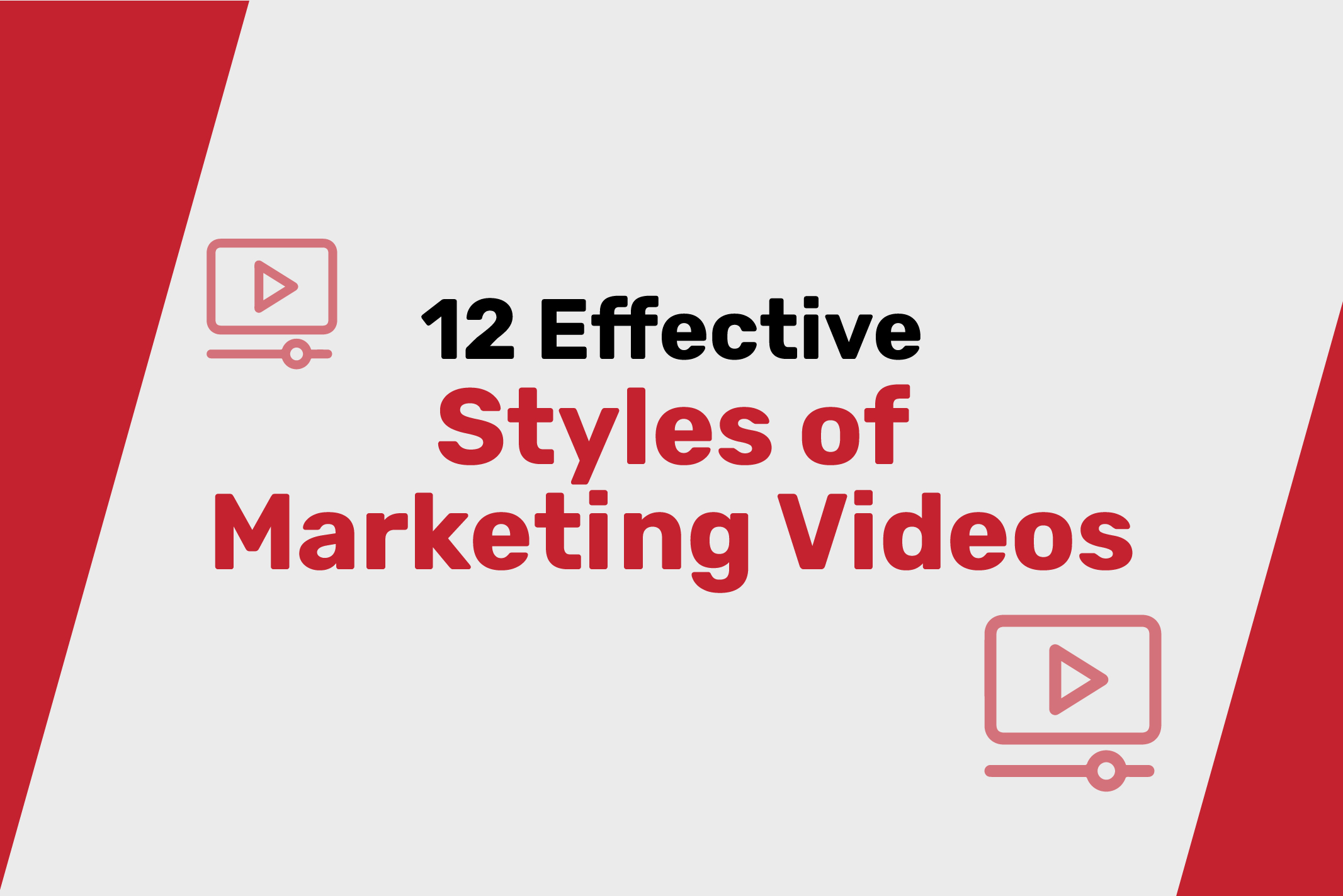|
Getting your Trinity Audio player ready...
|
In today’s digital age, starting an e-commerce business is an exciting venture. But where do you begin when it comes to creating your online store from scratch? Whether you’re a budding entrepreneur or an established business looking to expand online, this comprehensive guide will walk you through the essential steps of e-commerce website development.
Now, let’s dive into building your e-commerce website step by step:
1. Introduction
Why E-commerce?
The digital marketplace offers immense opportunities for entrepreneurs. E-commerce enables businesses to reach a global audience, operate 24/7, and reduce the overhead costs associated with traditional brick-and-mortar stores.
The Potential of Online Business
Online retail is booming, with an ever-increasing number of consumers preferring the convenience of shopping from home. The growth potential of e-commerce is enormous, making it a lucrative business option.
2. Planning Your E-commerce Website
Defining Your Niche
To stand out in the crowded e-commerce landscape, identify a niche that aligns with your passion and expertise. This will make your online store more appealing and help you connect with your target audience effectively.
Setting Clear Goals
What are your objectives for the online store? Are you looking for profit, exposure, or brand expansion? Defining clear goals will guide your decision-making throughout the development process.
Identifying Your Target Audience
Understanding your potential customers is crucial. Conduct thorough research to identify their needs, preferences, and shopping habits. Tailor your website to cater to their specific requirements.
3. Choosing the Right E-commerce Platform
Exploring Popular Platforms
Selecting the right e-commerce platform is pivotal. Options like Shopify, WooCommerce, and BigCommerce offer different features and pricing structures. Research and choose the one that suits your needs.
Factors to Consider
Consider factors such as scalability, ease of use, and available plugins when making your platform choice. The platform you pick will significantly impact your website’s functionality.
Building an e-commerce website is like constructing a house; the foundation you lay is vital. Once you’ve defined your niche and set clear goals, it’s time to choose the perfect platform to build upon.
4. Domain Name and Hosting
Picking the Perfect Domain Name
Your domain name is your online identity. Choose a name that is memorable, relevant to your niche, and easy to spell. Ensure it reflects your brand identity.
Reliable Hosting Services
Select a hosting provider that offers good uptime, security, and customer support. A reliable hosting service is essential to keep your online store accessible at all times.
Your domain name is like the address of your online store, and your hosting is like the land it’s built on. Choose them wisely to create a strong foundation for your e-commerce venture.
5. Website Design and User Experience
Design Trends and Tips
Your website’s design should be visually appealing and user-friendly. Follow current design trends and implement best practices for a seamless user experience.
Mobile Responsiveness
With the majority of online shopping happening on mobile devices, ensure your website is fully responsive. A mobile-friendly design is essential to cater to a broad audience.
Your website’s design is like the layout and decor of a physical store. It should be inviting, organized, and user-friendly, ensuring a pleasant shopping experience.
6. Product Listings and Descriptions
Product Categorization
Organize your products into clear categories and subcategories. This simplifies navigation for your customers, helping them find what they need quickly.
Writing Compelling Descriptions
Craft detailed and enticing product descriptions. Highlight the benefits and features of each product. Quality descriptions can significantly impact conversion rates.
Just as a well-organized store makes it easier for customers to find products, clear categorization and compelling descriptions make online shopping an enjoyable experience.
7. Payment Gateways and Security
Secure Transactions
Ensure the security of your customers’ payment information. Use SSL certificates and adhere to PCI DSS standards to protect sensitive data.
Payment Gateway Options
Offer a variety of payment options, including credit cards, digital wallets, and more. Convenience can lead to higher conversion rates.
Creating a secure payment process is like having a reliable cash register at a physical store. It builds trust and ensures smooth transactions.
8. Shipping and Fulfillment
Shipping Strategy
Develop a shipping strategy that’s cost-effective and aligns with your customers’ expectations. Clearly communicate shipping costs and delivery times.
Managing Orders
Implement an efficient order management system. Keeping track of orders and providing order status updates is vital for customer satisfaction.
A smooth shipping and fulfilment process is like delivering products to your customers’ doorsteps without any hiccups, leaving them with a positive impression.
9. SEO for E-commerce
Keyword Research
Perform thorough keyword research to optimize your product pages and blog content. Identify relevant keywords that your target audience is searching for.
Optimizing Product Pages
Optimize your product pages with keyword-rich titles, descriptions, and meta tags. This will improve your website’s visibility on search engines.
Think of SEO as the signboards and advertisements you put up around your physical store to attract potential customers. In the digital realm, it’s about being discoverable by search engines.
Read about – Technical SEO: Optimizing Your Website for Better Rankings and User Experience
10. Marketing Your Online Store
Social Media Marketing
Leverage social media platforms to promote your products and engage with your audience. Create a content calendar and use paid advertising to boost your reach.
Email Marketing
Build an email list and send newsletters and promotions to your subscribers. Email marketing is a cost-effective way to nurture customer relationships.
Marketing your online store is like running advertisements and promotions to attract foot traffic to a physical store. It’s all about getting the word out and driving sales.
11. Content Strategy and Blogging
Creating Engaging Content
Produce high-quality content that educates and entertains your audience. Blog posts, videos, and infographics can help you connect with customers.
Blogging Benefits
Blogging not only drives organic traffic but also positions you as an authority in your niche. It can help you build trust and credibility.
Think of your blog as the expert advice section in your store. It’s where you share valuable insights, tips, and stories to keep your customers engaged.
12. Customer Support and Feedback
Providing Excellent Customer Service
Exceptional customer service is key to retaining customers. Respond promptly to inquiries, address issues, and go the extra mile to ensure satisfaction.
Gathering Customer Feedback
Ask for and collect customer feedback. Use it to improve your products and services continually.
Exceptional customer support is like the friendly and helpful staff in a physical store. It leaves a lasting impression and keeps customers coming back.
13. Analytics and Performance
Tracking Your Progress
Use web analytics tools to monitor your website’s performance. Track metrics like traffic, conversion rates, and sales to make data-driven decisions.
Website Performance Optimization
Optimize your website for speed and user experience. A fast, responsive site is essential for customer retention.
Web analytics is like the cash register system that helps you keep track of sales and inventory. It’s about making informed decisions and optimizing your operations.
Read: A Comprehensive Guide to Setting Up Google Analytics 4 (GA4)
14. Scaling Your E-commerce Business
Expanding Your Product Line
As your business grows, consider expanding your product range. Diversifying can help you attract a wider customer base.
International Expansion
Explore international markets to reach a global audience. Understand international regulations, taxes, and shipping options.
Scaling your e-commerce business is like opening more branches of a physical store or even entering international markets. It’s all about growing and expanding your reach.
15. Legal and Compliance
Privacy Policies and Terms of Service
Ensure your website complies with privacy laws and regulations. Draft clear privacy policies and terms of service to protect your business legally.
Tax and Regulatory Considerations
Understand tax regulations related to e-commerce. Ensure you collect and remit taxes as required by your jurisdiction.
Compliance is like following local laws and regulations in a physical store. It’s about safeguarding your business and customer trust.
Congratulations! You’ve now got a solid roadmap to build your e-commerce website from scratch. Remember, building an online store is like constructing a unique, brand-new building. It requires a strong foundation, a well-thought-out plan, and careful execution. As you proceed, keep the customer at the centre of your decision-making process, and you’ll be on the path to e-commerce success.
FAQs (Frequently Asked Questions)
1. How long does it take to build an e-commerce website from scratch?
Building an e-commerce website can take anywhere from a few weeks to several months, depending on the complexity and size of your project.
2. Which e-commerce platform is the best for beginners?
Shopify is often recommended for beginners due to its user-friendly interface and a range of features designed to simplify the e-commerce setup.
3. Is it necessary to hire a web developer to build an e-commerce website?
While it’s possible to build an e-commerce website without a developer, hiring one can be beneficial for more complex projects and ensuring a professional result.
4. How can I drive traffic to my e-commerce website?
To drive traffic, utilize SEO, social media marketing, pay-per-click advertising, and email marketing. Engaging content and regular updates also help attract visitors.
5. What legal requirements should I be aware of when running an e-commerce store?
You should be aware of privacy laws, tax regulations, and any industry-specific regulations that may apply to your products or services. Consulting with legal professionals is advisable.





